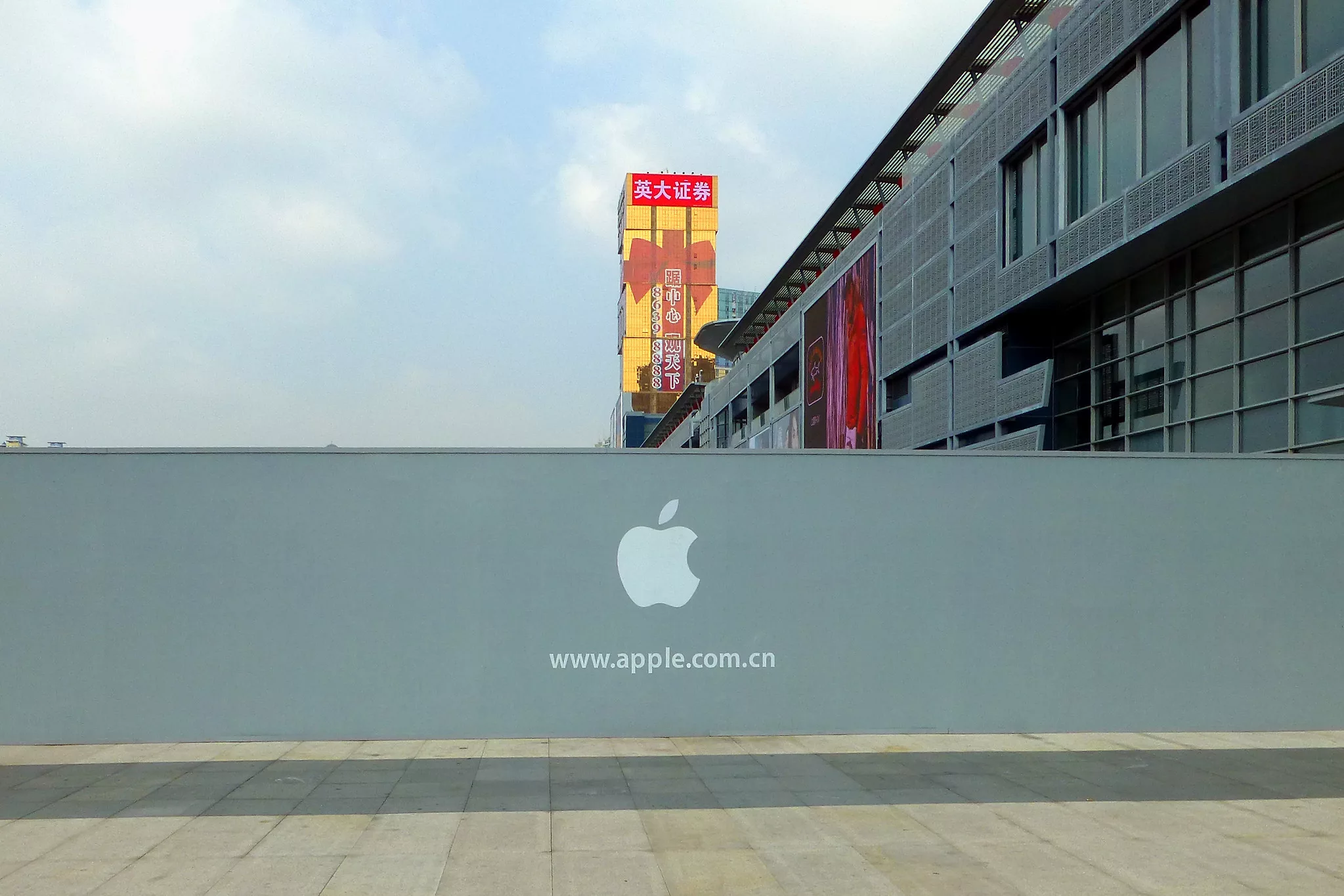
Apple faces China struggles as iPhone sales decline, but global revenues grow
Apple, the tech juggernaut, is facing a formidable challenge in its Chinese stronghold as iPhone sales witnessed a dip in the intensely competitive Asian market. While the global fiscal first-quarter results surpassed expectations, the struggles in China have raised concerns among investors and industry observers. The revelation came as Apple’s iPhone sales in China reportedly experienced a decline during the December quarter.
The financial ramifications of Apple’s performance in China are significant. Sales in the Chinese market for the December quarter totaled $20.82 billion, falling considerably short of analyst estimates set at $23.53 billion, and dropping by 13% from the last quarter. Several factors contribute to the decline in iPhone sales beyond the competitive landscape. Regulatory hurdles, evolving consumer preferences favoring local alternatives (much to the fortune of Huawei), and notably, the absence of a foldable device in Apple’s product lineup have impacted its performance. The prolonged replacement cycle and the seasonal nature of the market have compounded these challenges. Furthermore, the Cupertino-headquartered tech titan forecast a drop in iPhone sales in the March quarter.
The decline in iPhone sales in China has broader implications for Apple’s global financial outlook. Sales falling short of expectations in one of the world’s most significant markets have contributed to a nuanced perspective on Apple’s overall fiscal health. The dip in revenue from China, coupled with lower-than-expected iPhone sales, has prompted a 4% drop in Apple shares during extended trading. The company’s shares are currently priced at $186.86 (after rising again by 1.33%). Going forward, the company expects sales from the iPhone to be similar to the $51.33 billion it clocked in revenue last year.
In response to the challenges faced in China, Apple is currently venturing into new territories, according to media reports. The recent launch of the Vision Pro headset represents a notable shift, although analysts caution that meaningful revenue from this product may take several years. Simultaneously, Apple’s exploration of generative AI, though not extensively discussed, is acknowledged as a potential avenue for future growth, with more details expected later in the year. Additionally, Apple recently announced some rare discounts across a range of its products in China, a rarity for Apple known to not providing discounts to lure in customers.
Despite the iPhone-specific challenges, Apple reported robust fiscal first-quarter results on a global scale. Total sales for the quarter reached an impressive $119.58 billion, exceeding analyst predictions. The profits per share stood at $2.18, outperforming expectations of $2.10 per share. iPhone sales managed to grow by 6%, reaching $69.70 billion, driven primarily by the iPhone 15 lineup. Revenue from its Mac lineup amounted to $7.78 billion (exceeding the expected $7.73 billion), while the same for the iPad amounted to $7.02 billion (falling below the estimated $7.33 billion).
“Today Apple is reporting revenue growth for the December quarter fueled by iPhone sales, and an all-time revenue record in Services,” said Tim Cook, Apple’s CEO. “We are pleased to announce that our installed base of active devices has now surpassed 2.2 billion, reaching an all-time high across all products and geographic segments. And as customers begin to experience the incredible Apple Vision Pro tomorrow, we are committed as ever to the pursuit of groundbreaking innovation — in line with our values and on behalf of our customers.”


